The Abbey Habit
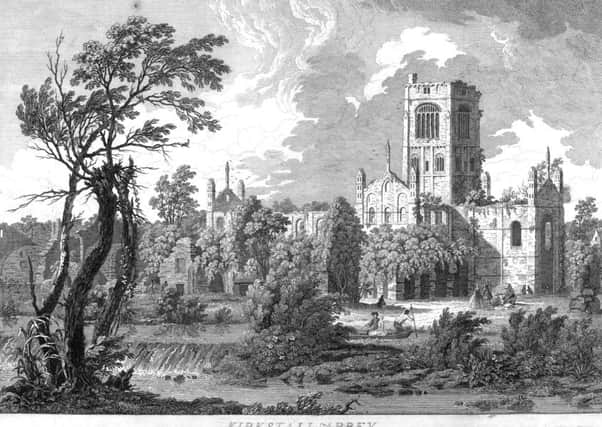

At one time the building was proudly occupied by Cistercian monks, yet in the 1530s British abbeys felt the anger of Henry VIII, bringing about their dissolution.
Kirkstall Abbey’s story begins in 1147 when, in penitence to God during an illness, Henry de Lacy gave land at Barnoldswick, Lancashire, to Abbot Alexander of Fountains Abbey to build another Cistercian abbey.
Advertisement
Hide AdAdvertisement
Hide AdThe Cistercian Order had dominated the spread of new monastic foundations in Europe during the late 11th century. Within little more than a century, the Order was in possession of more than 1800 abbeys.
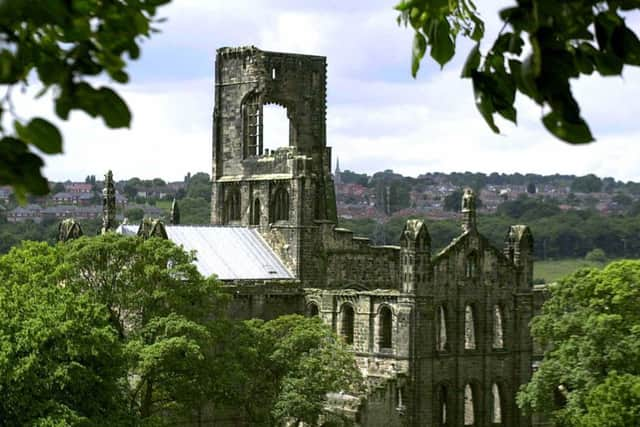

The Cistercians’ (or White Monks’) presence in Britain was felt most strongly in the North.
Many of the Cistercian abbeys were far from towns and villages. Monks had no personal belongings so they worked hard to support themselves.
Unfortunately for Abbot Alexander, Barnoldswick proved unsuitable and, after six years, he sought once more the help of Henry de Lacy, and also William de Peitevin, to acquire land in the Aire Valley. Thus, Alexander and an entourage of monks and lay brothers removed to Kirkstall in 1152 and the main buildings were completed before the end of the 12th century.
Advertisement
Hide AdAdvertisement
Hide AdTypical of English Cistercian houses, Kirkstall featured a church; cloister; chapter house; parlour; library; lay brothers’ dormitory; reredorter; refectory; warming house; novices’ quarter; Abbot’s lodgings; and infirmary.
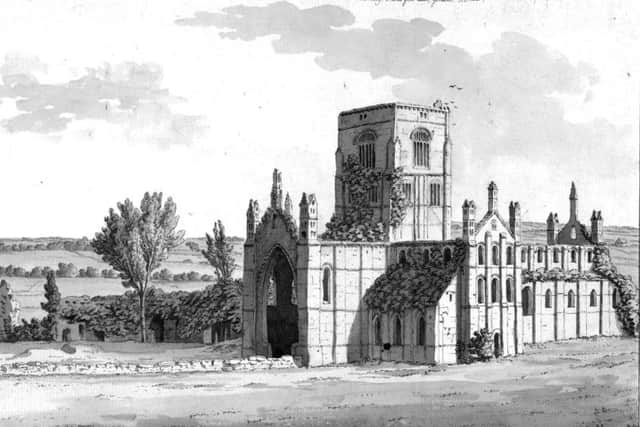

The buildings were, in part, provided by Henry de Lacy, who laid ‘with his own hand the foundations of the church and himself completed the whole fabric (of the church) at his own cost’. Completion of the abbey itself, incurred a huge debt.
Prior to Alexander’s death in 1182, a start was made on cultivating the surrounding land. Very quickly the Cistercian community acquired gifts of land within and outside the parish of Leeds, making its Abbot the district’s most influential landowner.
In turn, the Kirkstall monks made a significant contribution to trade and technological innovation in Leeds.
Advertisement
Hide AdAdvertisement
Hide AdBurt and Grady in the Illustrated History of Leeds (1994) state that wool produced on the estates was sold in the 13th and 14th centuries directly to Italian merchants who probably stayed in the Abbey’s guest house on their visits.
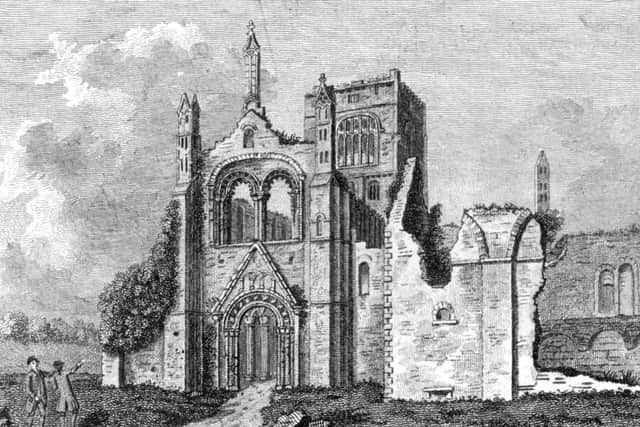

When Henry VIII turned against Rome over the issue of divorce and adopted the Protestant religion, the course of monastic life together with British history was altered forever.
The Act of Supremacy was passed in 1534 and this led to Henry ordering a survey to gather information on Church of England property that he would eventually claim.
His two royal commissioners, Doctors Layton and Legh travelled over 1,000 miles visiting 121 religious houses in the North of England between spring 1535 and autumn 1536 to compile their report. Amongst the Kirkstall report were details of the veneration of an object said to be the girdle of St Bernard and promoted as an aid for women in childbirth, and an annual income of £329.
Advertisement
Hide AdAdvertisement
Hide AdAlthough escaping this first cull, Kirkstall finally fell in November 1539. Gathering in the Kirkstall chapter house, Abbott John along with 30 monks surrendered the building to the royal commissioners on November 22, 1539.
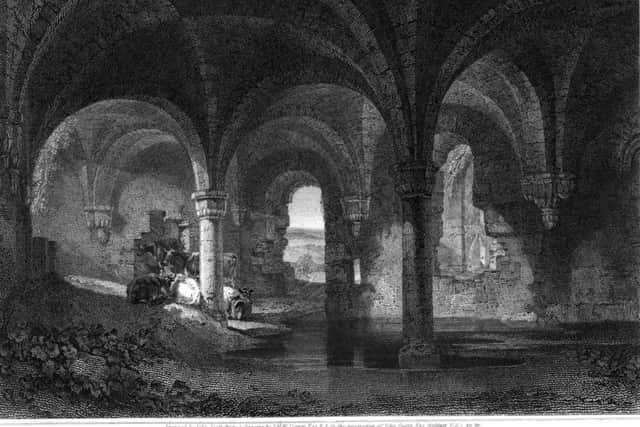

Burt and Grady say the dissolution of Kirkstall had a dramatic impact on the local land market with the former monastic lands eagerly purchased or leased.
Initially awarded to Thomas Cranmer in 1542, the abbey reverted to the crown in 1556, then passed to Sir Robert Savile, the Brundenell family and the Earls of Cardigan.
Kirkstall has been described as the most complete set of Cistercian ruins in Britain because it survived the pillage witnessed by other abbeys.
Advertisement
Hide AdAdvertisement
Hide AdThe poet Thomas Gray, author of the famous ‘Elegy in a Country Churchyard’ paid a visit to Kirkstall in 1770 and wrote in a poem ‘Kirkstall is a noble ruin’.
J.M.W. Turner (1775-1851) captured Kirkstall Abbey in a number of works whilst staying at Otley’s Farnley Hall with close friend William Hawkes.
Many artists who were inspired by Kirkstall Abbey in the romantic period of British art are represented in the Gott Collection housed in Wakefield’s Hepworth. A number of their works are reproduced here most notably Turner’s painting of the Crypt.


Consisting of 1,299 images (watercolours, drawings and topographical prints) the Wakefield collection was assembled in the 19th century by John Gott (1830-1906), vicar of Leeds and later Bishop of Truro, and his father William (1797-1863), a wool merchant. It was presented to Wakefield art Gallery in 1930 by Frank Green, a Yorkshire industrialist and philanthropist who lived at Treasurer’s House in York.
Advertisement
Hide AdAdvertisement
Hide AdAt one time the collection was largely in storage but through a project supported by the Esmee Fairburn Foundation the public can now view all the works online from the comfort of their own homes. There are many images of Kirkstall and the other Yorkshire abbeys besides the region’s castles and ancient churches. A search of the collection can be made by theme, by artist or by place and even postcode.
Kirkstall Abbey was the gift of Colonel John North to Leeds Corporation in 1889. Following a major restoration project where the Corporation spent £5,000 in laying out and extending the grounds and preserving the ruins at a further cost of £8,000, the formal re-opening of the abbey was staged on Saturday September 14, 1895. The Mayor and Corporation were present and an appropriate address was delivered by the Bishop of Ripon.